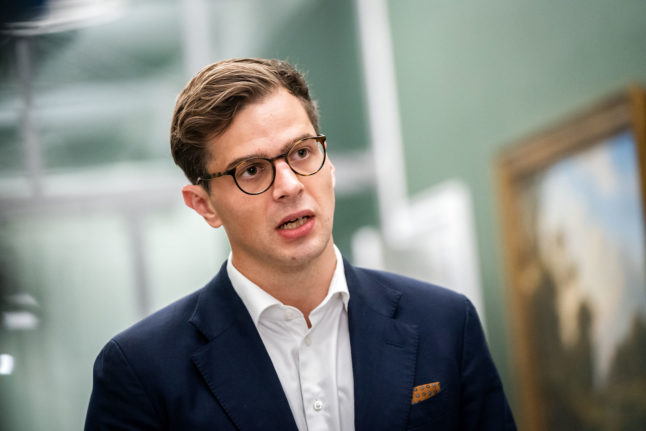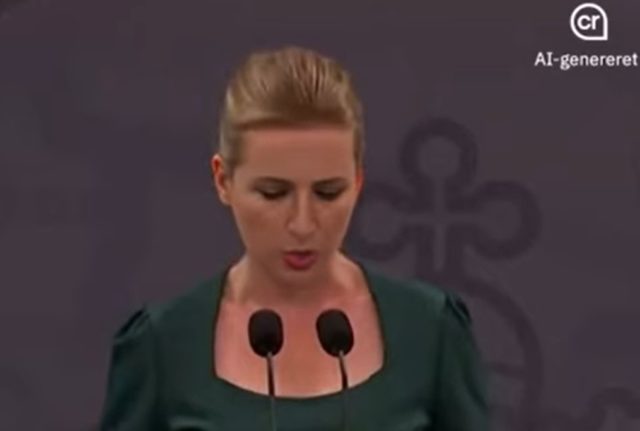Liberal Alliance leader Alex Vanopslagh suggested the long established ‘blue bloc’ of allied conservative parties in Danish politics is under existential threat in comments to media on Monday, as negotiations to form a new government continue.
The libertarian party leader aimed a pointed barb at Jakob Ellemann-Jensen, the leader of the Liberal (Venstre) party.
Vanopslagh said Ellemann-Jensen was “about to put the blue bloc to death” in comments to media.
Suggestions the Liberals may be prepared to enter government with the Social Democrats – their traditional rivals for the prime minister’s office – have gained momentum following a Liberal party national conference during the weekend.
In a speech during the Liberal conference, Ellemann-Jensen said his party must “stand on its own accord” and that there was “not a unified conservative project amongst the blue parties”.
He also said that the Liberals would consider whether to go into government in coalition with the Social Democrats.
That would break with the line taken by Ellemann-Jensen in the run-up to the election earlier this month, when he said he would not work with the Social Democratic leader, incumbent Prime Minister Mette Frederiksen.
READ ALSO: Danish government: Rasmussen backs coalition with traditional rivals
Although the ‘red bloc’ of left wing parties won a majority by a single seat at the election, Frederiksen has continued to follow a pre-election pledged to attempt to form a centre coalition.
The ‘blue bloc’ parties won only 72 seats compared to the red bloc’s 90, with the centrist Moderates taking 14 seats.
READ ALSO: Five things to know about the Danish election result
Vanopslagh recognised that a decision to govern across the centre for Ellemann-Jensen could rest on how much Liberal policy he might be able to implement in return.
“But it’s certain that if he goes into a [Social Democrat-Liberal] government, and the Liberals only implement their election pledges, which were basically Social Democratic politics, I think that this would be failing conservative Denmark,” he said.
Other parties – including far right parties the Danish People’s Party and Nye Borgerlige – appeared to be less pessimistic about the future of a united blue bloc.
Danish People’s Party leader Morten Messerschmidt said he understood the Liberals would seek to gain political influence through discussions with the Social Democrats.
Messerschmidt also said he did not agree that Ellemann-Jensen was putting the blue bloc “to death”.



 Please whitelist us to continue reading.
Please whitelist us to continue reading.
Member comments